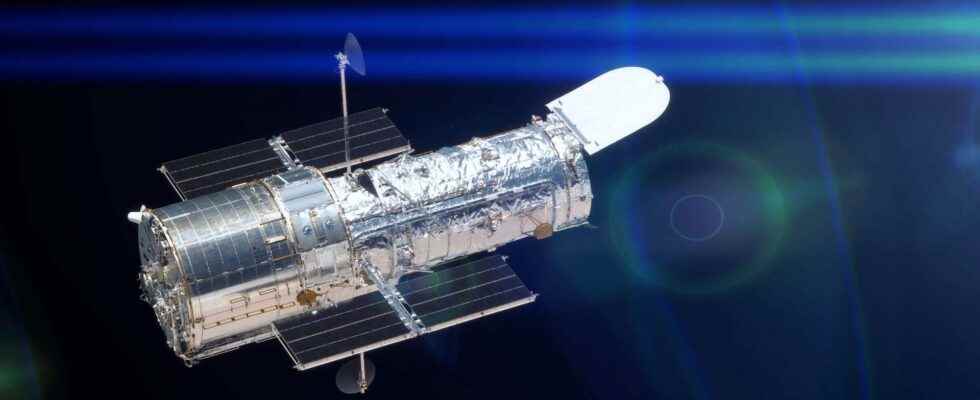This is not the first time that Hubble has surprised jets of young stars in formation, but that of the protostar Parengo 2042 is particularly clear because of the radiation from a nearby star that makes it shine.
You will also be interested
[EN VIDÉO] Edwin Hubble, surveyor of the Universe Astronomer Edwin Hubble changed our view of the Universe by showing for the first time in the 1920s that nebulae like Andromeda were in fact galaxies like the Milky Way. We also owe him for having placed one of the stones on which the Big Bang theory will rise. More about the man and his discoveries in this video!
Observations carried out with telescopes for decades have confirmed to us that stars were born well by collapse gravitational in clouds dense and cold dusty molecules for billions of years in the Milky Way. The process, however, is complex and not as well understood as one would like.
We know all the same that at a time of collapse in such clouds, a dense and hot core is formed in equilibrium under the effect of its pressure. As long as this dense core continues to accrete matter from the cloud and the classical thermonuclear reactions of stars, such as those called the proton-proton chain or CNO cycle do not light up because the temperature in the heart of thestar has not reached the necessary millions of degrees, we are talking about a protostar. It may already be surrounded by a protoplanetary disc.
The theory of protostars was developed initially, in particular during the years 1950/1960, by the great astrophysicist Japanese Chushiro hayashi (1920-2010).
Today, instruments like the telescope Hubble show us many protostars, in particular because in the pre-stellar phases of these objects, as long as the protostar is still surrounded by an envelope of matter accreting on it via his protoplanetary disc, we see the existence of bipolar material jets. There is good reason to believe that these jets carry cinematic moment and therefore slow down the rotation of the protostar on itself. We explain in this way why the rotation of the Sun is so slow compared to that which we deduce from a application naive of the law of conservation of angular momentum during the collapse of a rotating turbulent region of a molecular cloud.
A plasma jet two light years long
A good example of what Hubble can see on this subject is that of the protostar Parengo 2042 (P2042) which is in the nebula by reflection NGC 1977. NGC 1977 is located in the constellation of Orion at around 1,500 light years of the Solar System and it was discovered by the German-British astronomer William Herschel in 1786.
Recall that unlike nebulae in emission which are ionized by radiation from young stars, reflection nebulae are clouds of dust that simply reflect their light.
A press release from the Nasa explains that on the Hubble images we can clearly see a pulsed plasma jet which extends over two light years and which comes from Parengo 2042. Usually, this type of jet is especially noticeable when it collides with the molecular cloud outside the protostar and a shock wave occurs. This then heats the material which begins to radiate. But in this case, it is the presence of a nearby star, 42 Orionis, which produces the radiation at the origin of theionization jet and its brilliance.
Interested in what you just read?
.
fs3
